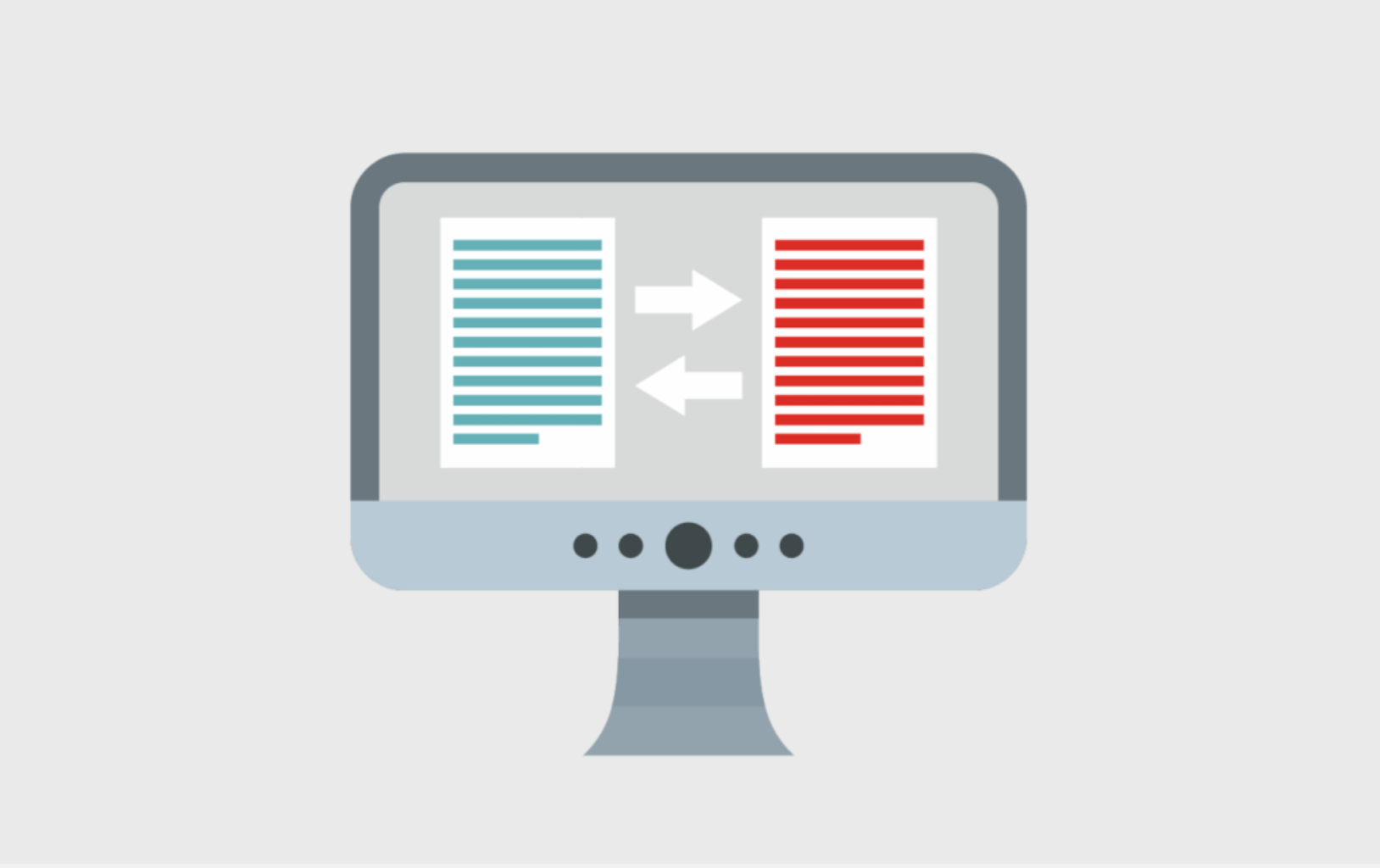Which options do you have for translating a CMS?

Contents
More and more companies are choosing to set up their websites with a content management system, thanks to the ease of content management and publication they offer, without the need for programming. Let's look at how to translate a CMS..
Let's start from the beginning... What is a CMS?
A CMS (content management system) is an application you use to publish and manage content on your website intuitively. Examples are platforms such as WordPress, WooCommerce or AEM, which are probably the most-used CMS right now, as well as Drupal and Joomla. You only need to take a look at the figures to see how CMS are now the most commonly-used tools for web development and publishing. Depending on which CMS you use, you'll also have access to additional features that you can install using plugins or extensions.
Ways to translate a CMS
Let's get to the tricky bit! When you're translating a CMS, you have a number of options to choose from:
Translation by extracting content
This option is the most expensive and most time-consuming. The website administrator must extract the content to be translated via an editable file in order to do the translation. One of the most well-known is .xml, which is compatible with the majority of CAT tools (computer-aided translation). Other content management systems also permit content extraction in .xliff, .csv and.xls.
Once the translation has been carried out, it must be saved and uploaded again into the content management system, importing it so that the translation is updated on the website.
Translate directly in the content management system
This process is more streamlined and faster for users as the translation of all or part of the website content can be done from the CMS itself. Another advantage is that you can see and edit the translated text directly from the website. Unlike the previous option, this does not allow the use of a CAT tool for translation. However, a range of translation options are available depending on the content management system, such as the installation of a translation plugin, in the case of WordPress, or through the translation system offered by some CMS, such as Jommla or PrestaShop.
Up to now, we have discussed in general terms how to translate a CMS, but now let's take a look at the specific options available for translating one of the most used content management systems, the CMS par excellence, WordPress.
Translation of the WordPress CMS
WordPress is the market's leading content management system. Not surprisingly, 22% of internet websites use this CMS and also 56% of web pages using a content management system use WordPress.
If you've decided to translate your WordPress or WooCommerce, you can do it using the most internationally popular plugin: WPML. With both the WPML plugin and ATLS you can do it quickly and easily. Once you've installed it on your website, all you need to do is activate the AT Language Solutions translation service and send your content to be translated by our professional translators. You can make your website multilingual using this plugin - and you don't even need any technical or programming knowledge.
If you're interested and you'd like to benefit from the most competitive translation rates, you can get the WordPress translation plugin via this link.
Software for translating CMS
Another solution is available for the translation of this type of website. These software solutions are for companies aiming to streamline and automate the translation process in addition to optimising their resources. Below, you will find details of two solutions; the first is using translation connectors, and the second is using a professional translation solution.
1. Translation plugins
At ATLS, we have native connectors for WordPress, AEM and Magnolia. We also use web translation integrators for the vast majority of leading market platforms. The advantages of our connectors:
- Simple and non-intrusive implementation for the client.
- Scalability: adding new languages is simple.
- Reduction of time to market.
- High-quality translation carried out by our native translators.
- Publication of the content on the website once it has been translated.
2. Website translation platforms
AT Website Translator is the most automated solution on the market: software with proxy technology that automatically detects content for translation and sends it directly to our professional translators. Once the translation is complete, AT-WST publishes translated content in all your website's languages, all SEO optimised. It doesn't matter how much content you generate on your website; with AT-WST your website will always be up-to-date and translated into all the languages you need. To translate your CMS, all you need to think about is writing content in just one language!
In the end...
There are many options available for translating your CMS. Which is the most suitable for your project? Whichever option you choose, ATLS can help. Shall we talk?




